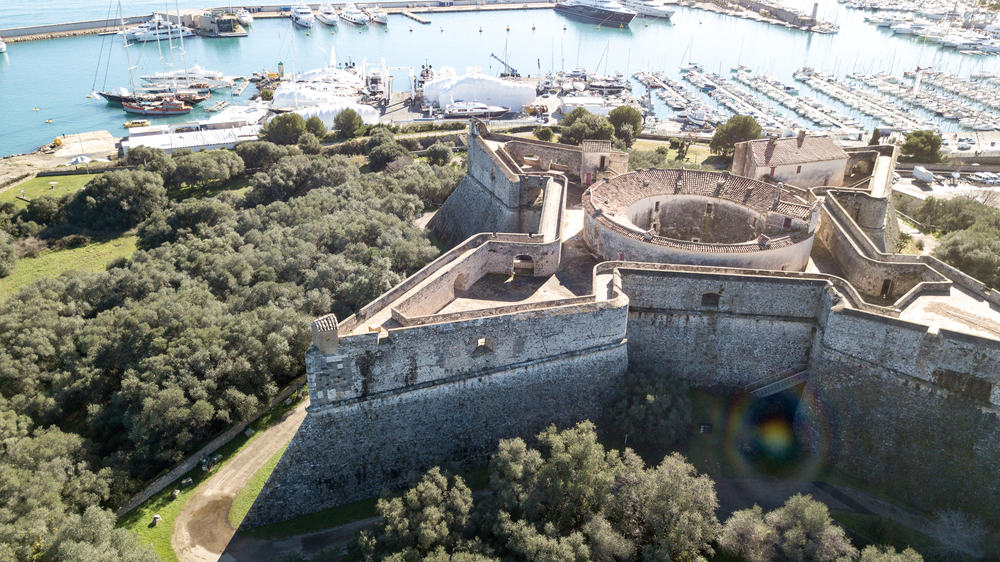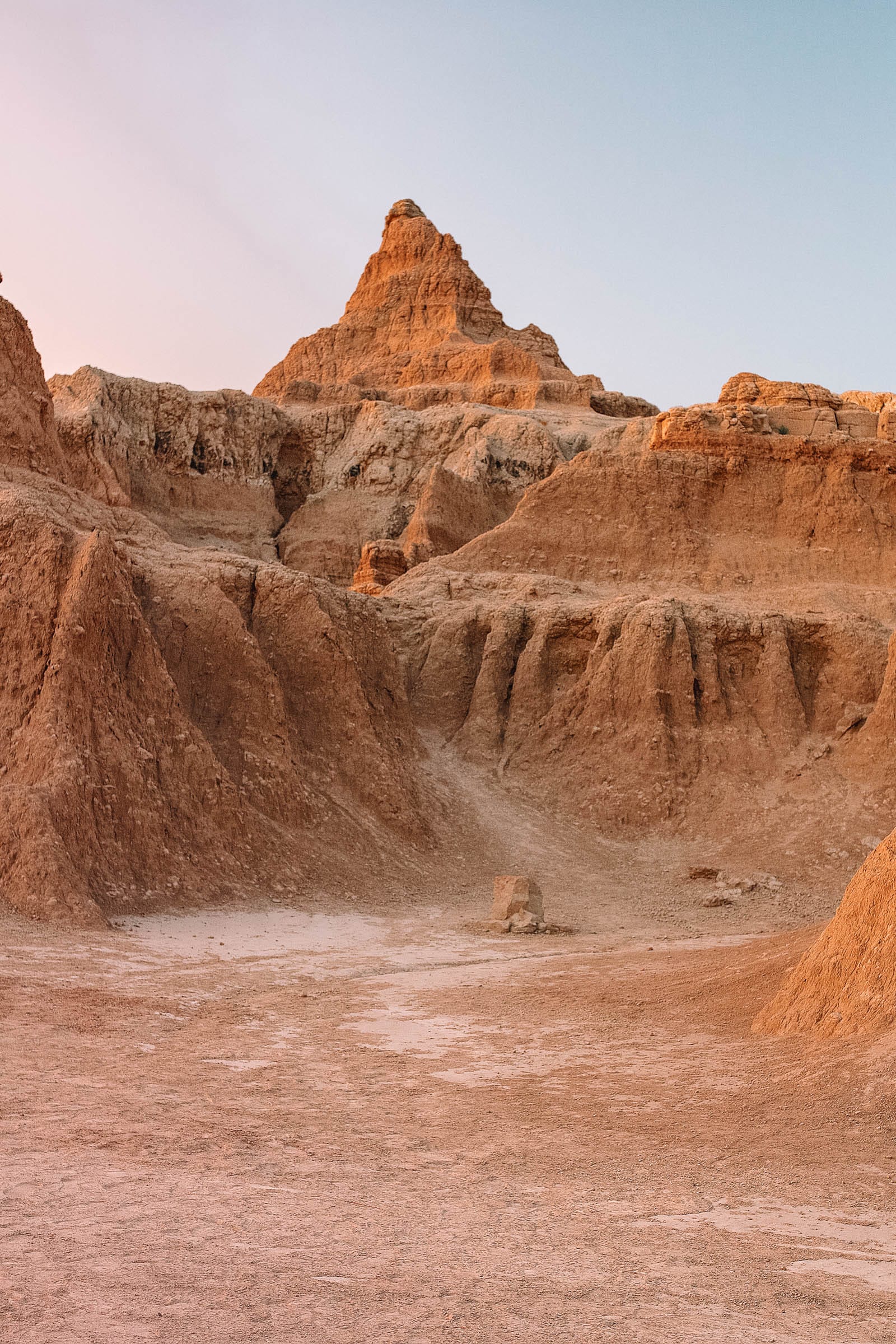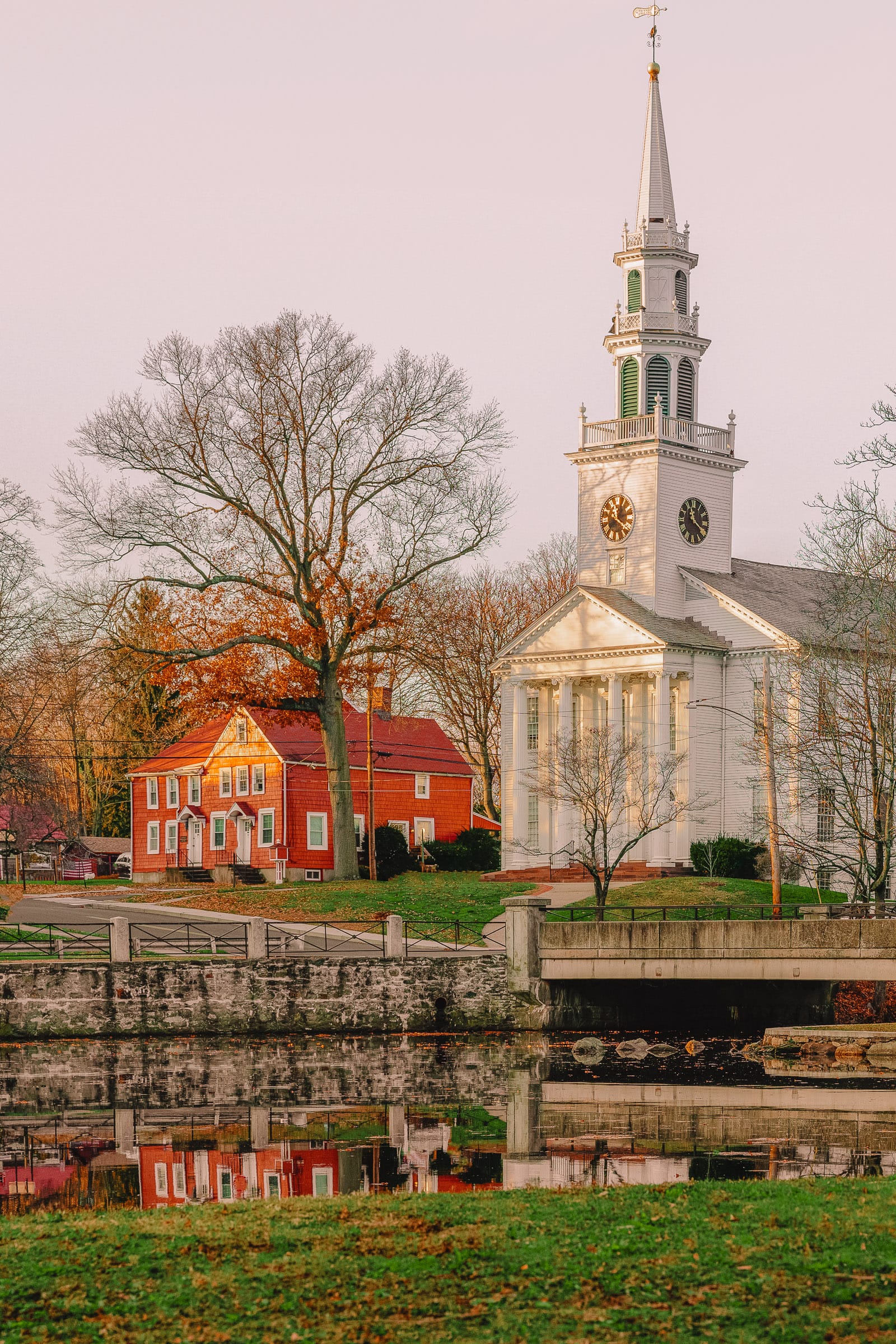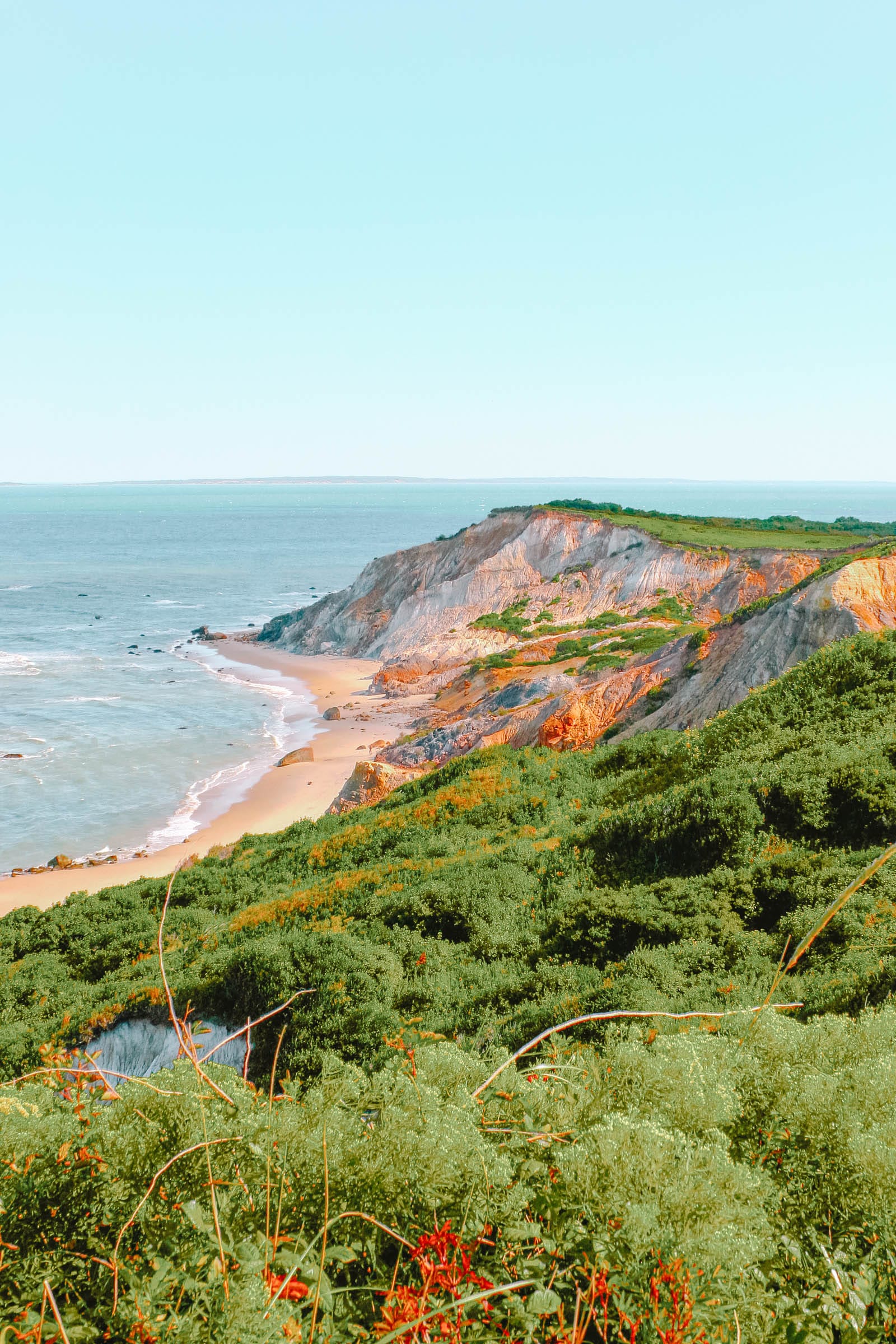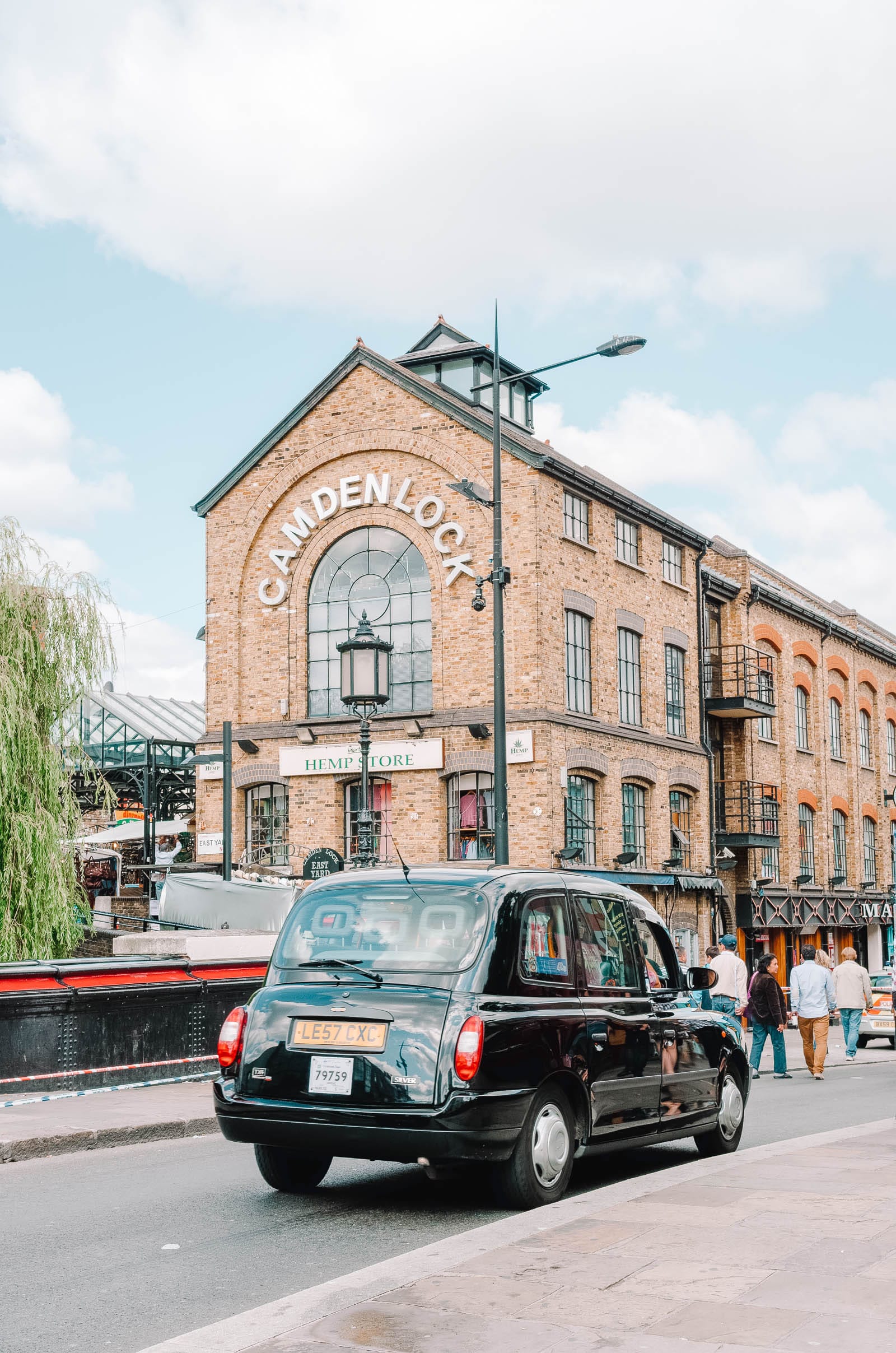Summary
Located on the Mediterranean coast, Antibes, which encompasses Juan-les-Pins, boasts 25 kilometers of coastline, serving as a retreat for the affluent while also being a favored destination for French families visiting the French Riviera.
Here, you can enjoy leisurely afternoons at the beach alongside excursions to nearby Nice and Cannes, both of which are easily accessible via the TER train service.
Antibes offers numerous attractions, including a picturesque coastline ideal for walking, and a waterfront fortified by Vauban in the 1600s. The port, at which many of the world’s wealthiest individuals moor their impressive superyachts, exemplifies this opulence.
Let us delve into the top attractions in Antibes:
1. Beaches

Antibes spans a considerable area comprised of the old town and the entirety of the peninsula, including the summer resort of Juan-les-Pins.
There are nearly 50 private and public beaches in the vicinity, excluding the informal coves along the Sentier de Tire-Poil where visitors can enjoy a refreshing dip in the rocky shores.
Among these, Plage de la Salis stands out as a free, sandy beach adjacent to the yacht club, featuring smooth, welcoming waters on sunny days.
2. Musée Picasso

This historic building not only houses remarkable artworks but also represents an essential part of Antibes’ heritage.
Constructed atop the original Greek Acropolis, with the first few meters of walls being Roman, this location carries significant historical value.
The Grimaldi family held the estate until the 1600s, when it was annexed by the French crown.
In 1946, Jean Cocteau invited Picasso to utilize the recently restored castle as his studio, where he artistically flourished that summer, creating numerous compelling works.
Inaugurated in 1966, the museum now boasts 245 of Picasso’s paintings, ceramics, and drawings, alongside sculptures by Joan Miró and Germaine Richier, as well as works by Nicolas de Staël.
3. Port Vauban

From the quay at Port Vauban, visitors witness a striking display of wealth on the planet.
Historically, this harbor has existed since antiquity, becoming fortified by Vauban in the 1600s.
In modern times, the marina has accommodated mega-yachts owned by some of the world’s richest individuals.
These vessels rival cruise ships in size and commanding berth fees that exceed €1 million, making Port Vauban the largest marina in the Mediterranean.
4. Le Nomade

Standing eight meters tall on the terrace of the historic Bastion de St-Jaume in Port Vauban is a monumental sculpture created by artist Jaume Plensa.
Installed in 2007, this artwork depicts a figure gazing out to sea, crafted entirely from aluminum letters.
The letters symbolize the creative potential of language, serving as a medium for thought and expression.
The open structure allows visitors to step inside, with the best views offered during twilight when it is beautifully illuminated.
5. Sentier de Tire-Poil

The French government is to thank for the splendid coastal walks, such as the one that meanders through Mediterranean vegetation along the scenic southern area of Cap d’Antibes.
Passed in 1986, the Loi Littoral restricted coastal development and granted public access to coastal pathways.
This trail joins the L’Argent Faux cove with the beach and La Garoupe, stretching over 3.2 kilometers through lavish estates, rock tunnels, cliffs, and breathtaking seascapes.
As you explore the eastern side of the peninsula, calmer winds yield inviting waters, perfect for a refreshing swim, so ensure to take your swimwear!
6. Garoupe Lighthouse

Accessing the 29-meter tall Garoupe Lighthouse on the Garoupe Plateau is straightforward via the Chemin de Calvaire from Plage de la Salis.
The trek is just one kilometer from the beach and, although steep, it’s best undertaken during the cooler morning or evening hours in summer.
The view overlooking Juan-les-Pins amid stone pines and olive trees rewards your effort.
Adjacent to the lighthouse stands two chapels belonging to the Garoupe Sanctuary, one housing a Byzantine icon of Sébastopol from the 1300s, aimed at bestowing good fortune upon Antibes’ sailors.
A noteworthy aspect of the lighthouse is its powerful light: the 500-watt bulb can be seen from 60 kilometers away by sea-going vessels and up to 100 kilometers by aircraft.
7. Fort Carré

Overseeing the northern edge of the port stands a fortress that Vauban fortified in the 1680s as part of his defense strategy for Antibes.
Positioned on the Saint-Roch peninsula, it encompasses four hectares of parkland and elevates 26 meters above the water.
This fortress represented the initial defense against the County of Nice, which was an adversary of France during the 17th century.
Vauban made numerous strategic modifications, such as substituting stone with bricks to minimize deadly splinters upon cannon impacts.
The fortress remains unscathed and offers panoramic views from its ramparts, situated 43 meters above sea level.
8. Musée Peynet

Raymond Peynet, a noted 20th-century cartoonist, settled in Antibes in 1976, quickly integrating into local life by hosting exhibitions and creating event posters.
In the 1980s, he contributed to establishing this museum, which now showcases 4,000 illustrations from his five-decade career.
The museum features jewellery and porcelain created by Peynet and full-size figures of his celebrated “Les Amoureux” characters, initially designed for a Parisian department store display in the 1950s.
These characters have inspired a wildly successful series of dolls that have sold millions since their debut over 60 years ago.
9. Musée d’Archéologie

Housed in the 17th-century Bastion Saint-André, designed by Vauban, this museum stores Antibes’ important historical artefacts.
Although the exhibition space is modest, it effectively highlights the region’s rich history.
The local waters have been notoriously perilous, having claimed vessels from Roman, Etruscan, Greek, and Phoenician eras, whose preserved items are displayed within the museum.
The exhibits include amphorae, pottery, coins, mosaics, and a compelling assortment of daily-use objects.
Visitors can ascend to the battlements for beautiful views of the eastern cape and the hills beyond Cagnes-sur-Mer.
10. Jazz Festival

For the past 66 years, a maritime pine grove adjacent to the water in Juan-les-Pins has hosted esteemed musicians during nine nights of concerts.
A glance through the roster reveals a rich history of renowned artists, including John Coltrane, Sonny Rollins, Nina Simone, Ella Fitzgerald, and Louis Armstrong.
The festival also embraces contemporary talent, offering a platform for modern artists such as Wynton Marsalis, Marcus Miller, and Joshua Redman.
A notable feature is the annual “jazz-off,” where various ensembles compete for accolades.
11. Cannes

La Croisette is the location where you can experience a taste of celebrity life for a moment.
On one side, golden sandy beaches lined with exclusive private sectors, while a free municipal section occupies the far end.
On the opposite side, the luxury fashion boutiques line the streets.
The iconic Palais des Festivals becomes a focal point in May, as it hosts the prestigious Film Festival, awarding the Palme d’Or, a highly coveted honor.
Here, you can pose for a photo on the red carpet or wander through the historical streets of Le Suquet, tracing the legacy of the old fishing community.
12. Île Sainte-Marguerite

Ferries frequently traverse between Sainte-Marguerite and Juan-les-Pins throughout the day.
Prior to your voyage, consider gathering supplies or provisions from local shops in Antibes or Juan-les-Pins.
Upon arrival, enjoy tranquil forest trails and partake in a picnic under the aromatic stone pines and eucalyptus trees.
Atop a cliff on the island’s northern shore sits Fort Royal, historically where the enigmatic Man in the Iron Mask was incarcerated by Louis XIV in the 17th century.
This former prison has been repurposed into a museum, maintaining the cells while showcasing artifacts recovered from two local shipwrecks—one Roman and one Moorish from the 900s.
13. Château de la Napoule

Pursue the road further along the Golfe de la Napoule, and in 25 kilometers you will encounter this château by the shoreline.
Dating back to the 1300s, the structure has undergone numerous restorations after being acquired in 1918 by the wealthy American artist Henry Clews Jr.
Clews and his wife Marie dedicated over a decade to restoring the property, imbuing it with their distinctive style, reflected in Henry’s unique stone carvings.
The formal gardens, adorned with Clews’ sculptures, fountains, topiaries, and avenues, span four acres and have been recognized as a “jardin remarquable.”
14. Parc Phoenix

One of the finest family outings on the French Riviera can be found roughly two-thirds of the way to Nice from Antibes.
Just a short ride on the TER train, this location captivates young visitors.
Encompassing seven hectares, the park merges botanical gardens with zoo facilities, offering excellent value, as children under 12 enter free while adults pay only €3. The highlight is the 7,000 square-meter tropical greenhouse, which provides a warm environment for ferns, orchids, and hibiscus flowers.
Within the park, you will discover terrariums housing caimans, while free-roaming Chilean flamingos, Mandarin ducks, and iguanas add to the experience.
Additionally, enclosures hold otters, macaws, wallabies, and porcupines, while swans, geese, pelicans, and turtles roam freely.
15. Nice

Known as the mythical capital of the Côte d’Azur, Nice is a mere 18-minute journey on the TER train, with multiple services operating throughout the day.
Before long, you could be strolling through the Vieille Ville (Old Town), where the city’s Italian influence is clearly illustrated through its renaissance architecture and baroque cathedral.
The celebrated Promenade des Anglais winds seven kilometers along the Baie des Anges, featuring opulent Belle Époque buildings, including the renowned Hotel Negresco.
Numerous activities await, including lounging on pebble beaches, appreciating the art of Marc Chagall and Henri Matisse, or ascending the Colline du Château for breathtaking views of the city.
